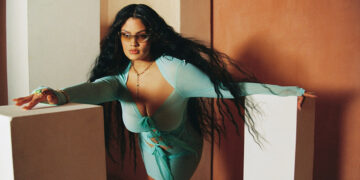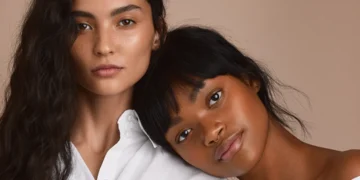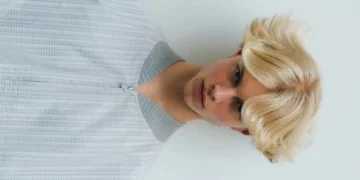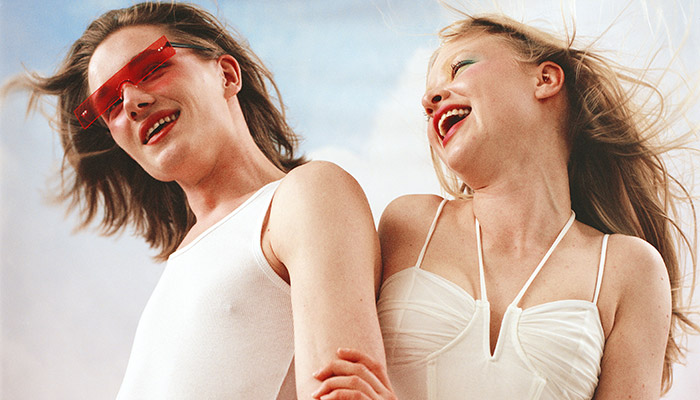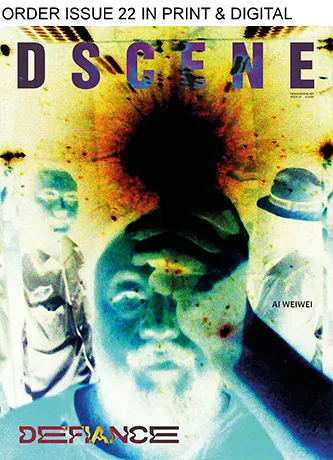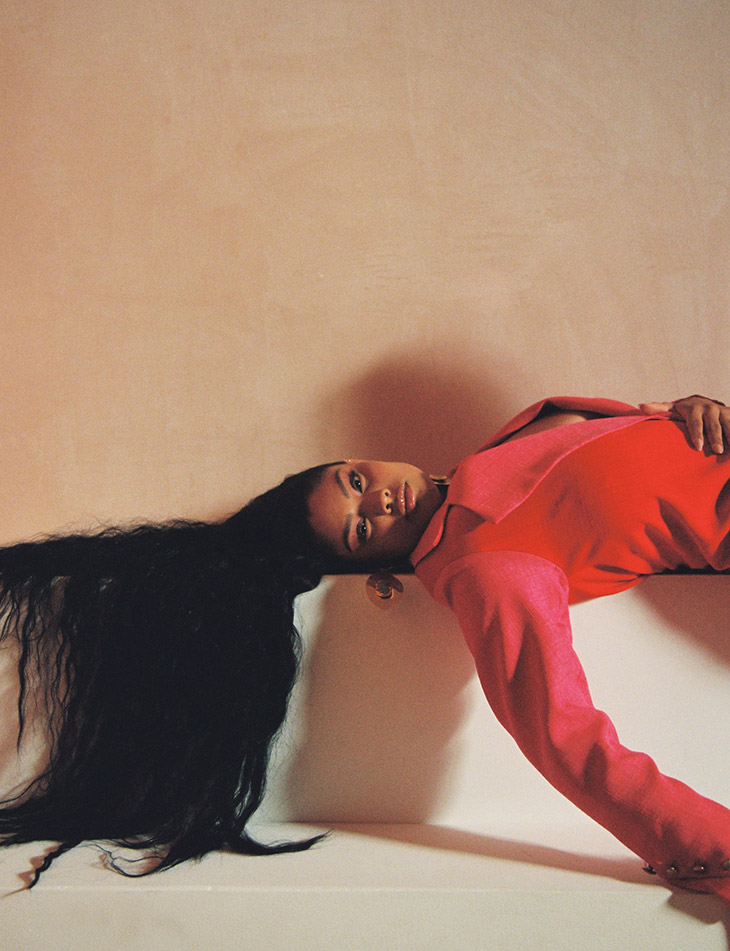
In fashion, hair isn’t just hair, it’s part of the moodboard. From backstage fittings to last-minute shoots, wigs are the quickest way to shift a look, create a new identity, or fix a beauty emergency. But a good wig doesn’t stay flawless by accident. Behind every editorial-perfect photo is careful prep, structure, and maintenance. Here’s how fashion insiders keep their wigs looking immaculate, shot after shot, season after season.
1. The Foundation: Start With the Right Base
Before the styling, before the lighting, before the camera even clicks, the real magic lies in choosing the right foundation.
Think of the wig cap as the couture of your hair look: structure, comfort, and breathability matter. Fashion teams prefer adjustable lace caps or units with reinforced wefts because they stay put even after hours of movement.
If you want to build a capsule hair wardrobe, look for well-constructed classic lace wigs. These are the ones that hold their shape, allow versatile parting, and stay comfortable for long shoots. A stable base means you can focus on styling and not constant fixing.

2. Prime the Fiber – Prep Like a Pro
Stylists never start on a “raw” wig. Before any heat or product, they prep the fiber, just like priming skin before makeup.
Detangle gently using a wide-tooth comb, mist with leave-in conditioner, and check for dryness. Human hair needs hydration; synthetic fibers need protection. Lightweight oils can work, but only on the mid-lengths to ends, avoid roots to keep the cap clean.
High-quality human hair wigs are more forgiving under heat and product layering, which is why editorial teams love them. They react to styling in the same way natural hair does, giving you more control over texture, shine, and movement on camera.
3. Structure First, Beauty Later
The secret behind those perfectly “undone” looks? Intentional structure. Before you even think of curls or waves, create a base shape.
Stylists use low teasing for volume or light padding to build shape around the crown. For softer looks, braid or twist the wig overnight to achieve natural body without hot tools. A center part gives a balanced, classic frame, while a deep side part adds instant attitude.
Once the foundation is set, finesse the surface, add shine spray, smooth flyaways, and tweak the front hairline. This layering process creates dimension that looks effortless but holds up under the camera flash.
4. Heat Is Your Friend, if You Respect It
On a real shoot, timing is everything. Stylists need looks that can transform fast, and that often means heat. But fashion people know: overdo it once, and you’ve lost the wig.
Always prep with heat protectant. Keep tools at low to medium temperatures, and test a small section first. For controlled curls or soft bends, try rolling with steam or using a blow-dryer and round brush instead of a curling wand.
Some shades, like ginger color wigs, look more vibrant with minimal heat – too much and they lose their luster. Treat the wig like fabric; a gentle press always beats an aggressive scorch.
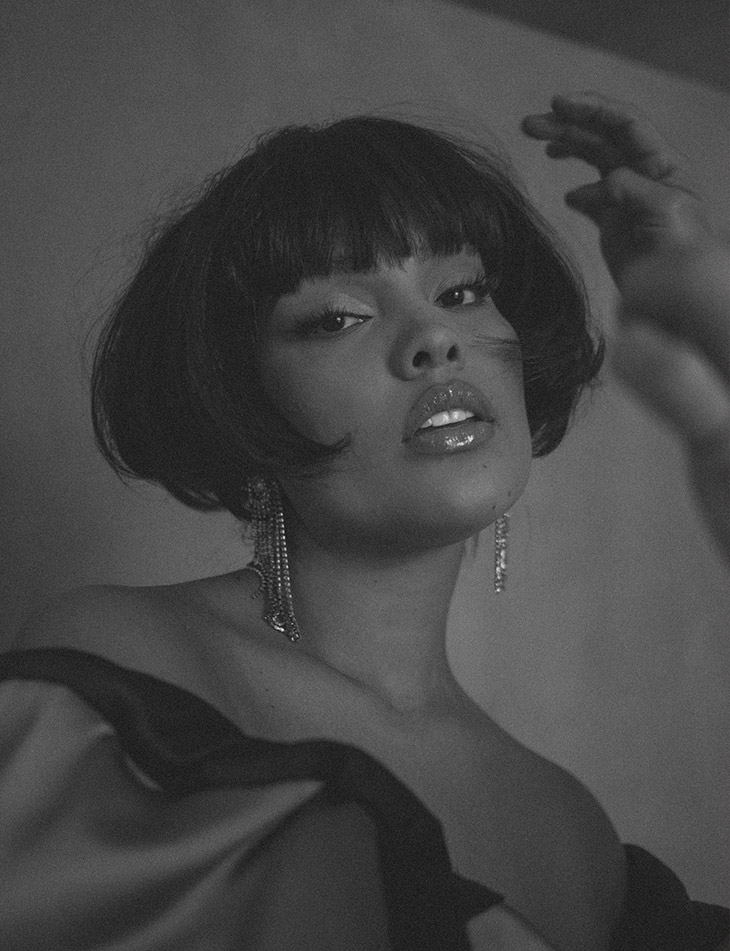
5. On-Set Survival: Quick Fixes That Save the Shot
Every stylist has a small emergency kit, and it’s often what saves the look.
Here’s what’s inside:
A small brush and fine-tooth comb for smoothing.
Travel-sized steamer (for reshaping fibers in seconds).
Mini sewing kit for tightening caps or replacing bands.
Silk scarf for quick protection during outfit changes.
If you spot frizz or flyaways mid-shoot, mist a bit of water, run the steamer close (but not touching), and smooth gently with your hands. For wig caps that slip under bright lights, use bobby pins or clear straps behind the ears.
When everything’s chaos backstage, this kind of quiet precision is what keeps a beauty look consistent – and editorial teams notice.
6. Color That Catches the Light
Choosing the right wig shade can make or break a shoot. Under bright studio lights or sunlight, tones can shift.
Reddish-brown wigs, for example, pick up golden tones that flatter most skin shades and pair beautifully with neutral makeup. They’re also one of the easiest colors to photograph. For bolder campaigns, vibrant tones like copper or deep ginger create warmth that reads as energy and personality on camera.
Explore editorial-friendly tones from reddish-brown collections that give both texture and tonal richness, especially if your brand aesthetic leans classic but modern.
The Beauty in Maintenance
Hair, whether natural or synthetic, is personal, but for fashion people, it’s also professional. Every wig in your kit is an asset that helps tell a visual story. The better you know how to maintain, the freer you are to experiment, and that’s what true style is about.
Images from Jocelyn by Juan Ale Rivera – see full story here.
